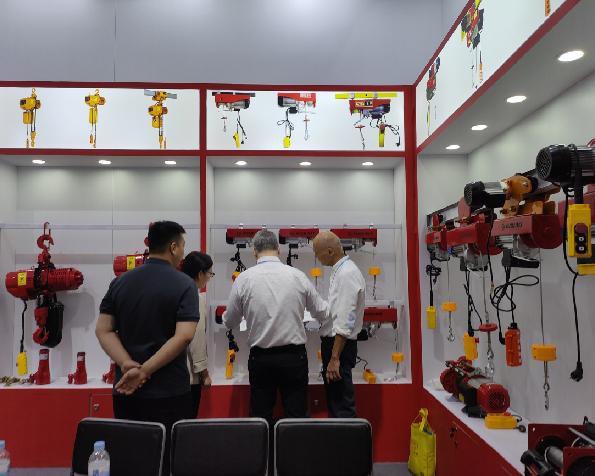


Understanding Overhead Crane Scales Enhancing Efficiency and Safety in Material Handling
Overhead crane scales play a pivotal role in the field of material handling, particularly in warehouses, construction sites, and manufacturing facilities. These specialized devices are designed to weigh heavy loads that are suspended from overhead cranes, providing an essential means of monitoring the weight and ensuring safe lifting practices.
The primary function of an overhead crane scale is to accurately measure the weight of lifted materials. This is crucial for both safety and operational efficiency. When lifting heavy objects, knowing the precise weight helps prevent overloading the crane, which could lead to equipment failure, accidents, or even catastrophic injuries. Most cranes have a specific weight limit, and exceeding this limit can have serious consequences. Therefore, incorporating a crane scale not only enhances safety but also improves compliance with regulatory standards regarding load capacities.
There are several types of overhead crane scales available in the market, each designed for different applications and requirements. Some models are built to withstand extreme conditions, such as corrosive environments or temperature fluctuations, making them suitable for outdoor applications. Other scales are equipped with advanced features such as digital displays, remote monitoring, and data logging capabilities. These features allow operators to keep track of weights in real-time, which can streamline operations and reduce the likelihood of human error.

The installation of an overhead crane scale is typically straightforward, but it requires careful consideration to ensure accurate measurements
. The scale must be properly calibrated and regularly maintained to guarantee its performance. Routine checks and calibrations should be a part of the standard operating procedures in any facility that utilizes these systems.In addition to safety and operational efficiency, using overhead crane scales can result in significant cost savings. By ensuring that loads are accurately weighed, companies can optimize their material handling processes. This may include reducing time spent on lifting operations or preventing damage to goods caused by improper handling. Moreover, accurate weight measurements facilitate better inventory management, as they provide clear data for stock levels and help in forecasting future needs.
Incorporating overhead crane scales into a facility's material handling operations is not just about weighing loads; it also reflects a commitment to adopting best practices in operational safety and efficiency. As industries continue to evolve, the importance of precision in material handling cannot be overstated.
In conclusion, overhead crane scales are indispensable tools that enhance both safety and efficiency in material handling applications. They enable accurate weight measurements, prevent overloading, and contribute to streamlined operations. As businesses strive to improve their practices and ensure the safety of their workers, investing in reliable overhead crane scales is a step towards achieving these goals. The adoption of such technology exemplifies a progressive approach to material handling, reinforcing the safety and efficiency that modern industries demand.



